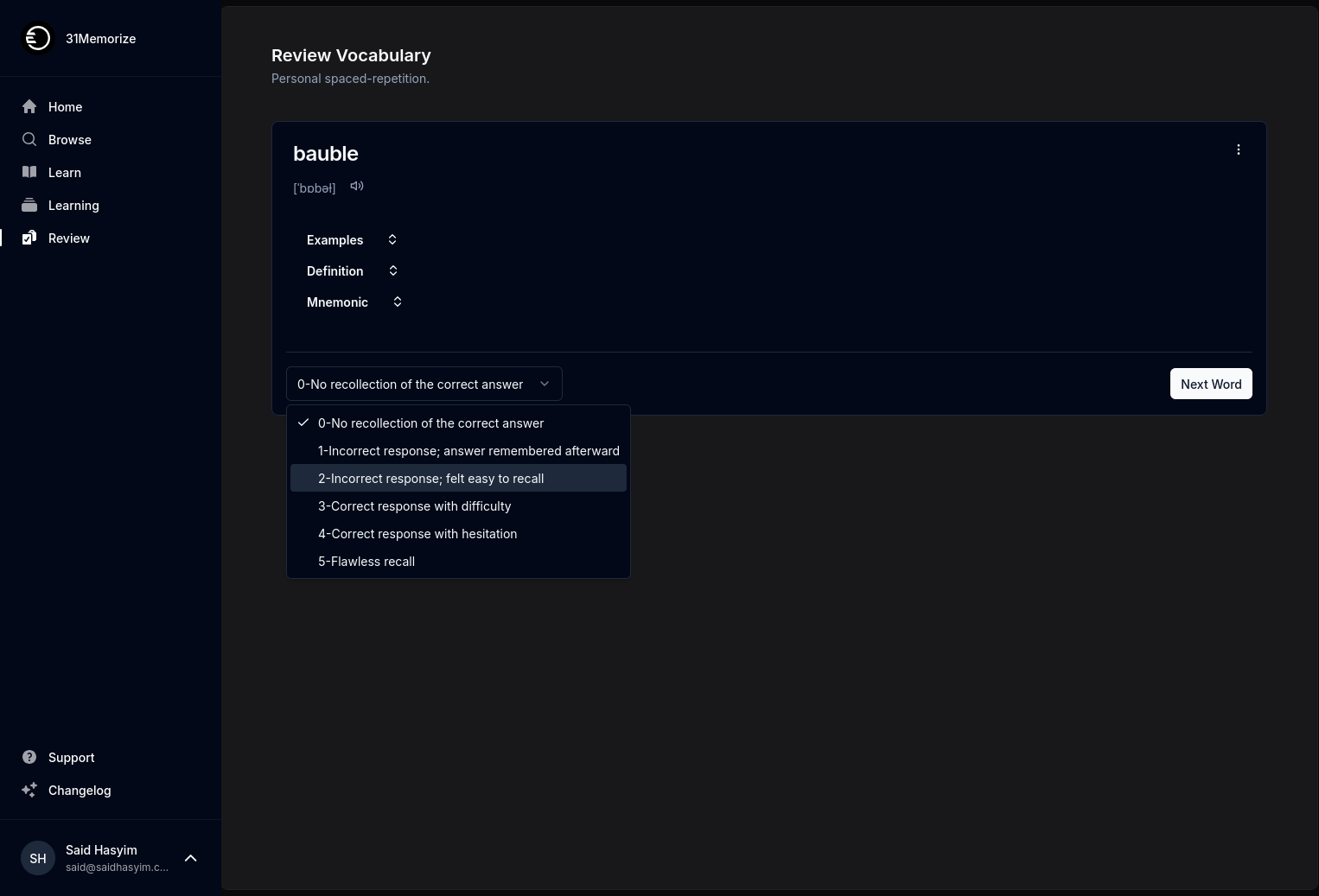Analyzing Reader Loyalty with Book Ratings
In the digital age, where readers are empowered to voice their opinions at the click of a button, book ratings have emerged as a pivotal aspect of literature consumption. Ratings can influence purchasing decisions, author reputations, and even the publishing industry's trends. However, the underlying metrics of these ratings can reveal much more than just a book's popularity – they can provide profound insights into reader loyalty, preferences, and engagement. In this blog post, we will unravel the myriad ways in which book ratings can be analyzed to gauge reader loyalty effectively.
Understanding Reader Loyalty
Before diving into book ratings, it's crucial to define what reader loyalty entails. Reader loyalty is the emotional and psychological commitment a reader has towards an author, series, or genre. Loyal readers often:
- Regularly read works by the same author or within the same genre
- Engage with the author on platforms like social media
- Recommend books from their favorite authors to friends and family
- Participate in discussions about the author's works and contribute reviews
Analyzing reader loyalty involves examining the relationships that readers have with books and authors, understanding their motivations, and identifying patterns in their behavior.
The Role of Book Ratings
Book ratings are a qualitative measure of reader satisfaction and preferences. They provide a quantifiable metric that can fill the gap between consumer opinions and data analytics. Here are some ways that book ratings can be analyzed to unveil reader loyalty:
1. Rating Distribution Analysis
Analyzing the distribution of ratings can help identify loyal readers. For example:
Consistent High Ratings: If multiple books by the same author consistently receive high ratings, it indicates a strong base of loyal readers who appreciate that author's style or thematic focus.
Rating Trends Over Time: If an author’s latest work is rated lower than their previous works, this can signal a possible decline in reader loyalty. Conversely, if a newer book rates higher than older publications, it may signify that the author is successfully evolving in their craft, attracting new readers and re-engaging old ones.
2. Review Content Analysis
While numerical ratings provide a straightforward measure of reader sentiment, qualitative data from reviews can delve deeper. Text analysis on reviews can uncover:
Common Themes in Positive and Negative Feedback: Loyal readers often express familiarity with an author's unique voice. If reviews frequently mention elements that resonate, such as character development or world-building, it reflects a strong attachment. On the flip side, recurring criticisms can signify waning loyalty.
Emotional Language and Tone: Analyzing the sentiment of reviews can help identify passionate readers. Enthusiastic language, personal connections to the material, and repeat references to the author’s other works are strong indicators of loyalty.
3. Cross-Metric Analysis
Books often receive ratings from multiple platforms (Goodreads, Amazon, personal blogs, etc.). Analyzing these ratings across platforms can yield insights into reader loyalty:
Engagement Across Multiple Platforms: A reader who rates or reviews the same book on several platforms might be more engaged and loyal compared to someone who only leaves a rating on one site.
Social Media Influence: An increase in ratings after an author’s social media campaign may indicate successful engagement strategies, building reader loyalty.
4. Rating Behavior Over Time
Monitoring how rating behaviors evolve can also reveal critical insights:
First-time Ratings vs. Subsequent Ratings: Analyzing how the initial ratings differ from later ones can highlight increased loyalty over time. A first-time reader may not rate as highly as a dedicated fan who has grown to love an author’s work.
Changes in Rating Habits: If readers start to rate less frequently or vote only highly on specific authors, it might suggest a shift in loyalty or a change in preferences.
5. Correlation with Sales Data
Another layer of analysis involves connecting book ratings with sales data. For example:
High Ratings and Sales Surges: A correlation between high ratings and spikes in sales can confirm that enthusiastic readers drive loyalty not just through ratings but also through purchasing patterns.
Series Loyalty: In a book series, if ratings of the first book lead to increased sales of subsequent titles, this may show a loyalty loop – where readers who loved the initial book feel compelled to continue with the series.
Conclusion
In today’s landscape of instant feedback and ratings, analyzing book ratings provides invaluable insights into reader loyalty. By examining rating distributions, delving into review content, conducting cross-metric analyses, observing rating behavior over time, and correlating ratings with sales data, authors and publishers can gain a deeper understanding of their audience.
Reader loyalty cultivates a thriving literary community, essential for any author or publisher aiming to sustain and grow their audience. Ultimately, the art of analyzing reader loyalty through book ratings is not just about numbers; it’s about fostering connections between books and the readers who cherish them.
In this ever-evolving literary universe, paying attention to what readers say through ratings can pave the way for more engaging storytelling, vibrant communities, and a deeper appreciation for the art of reading. After all, behind every rating is a story waiting to be told – one that reflects the complex and beautiful relationship between a book and its reader.
